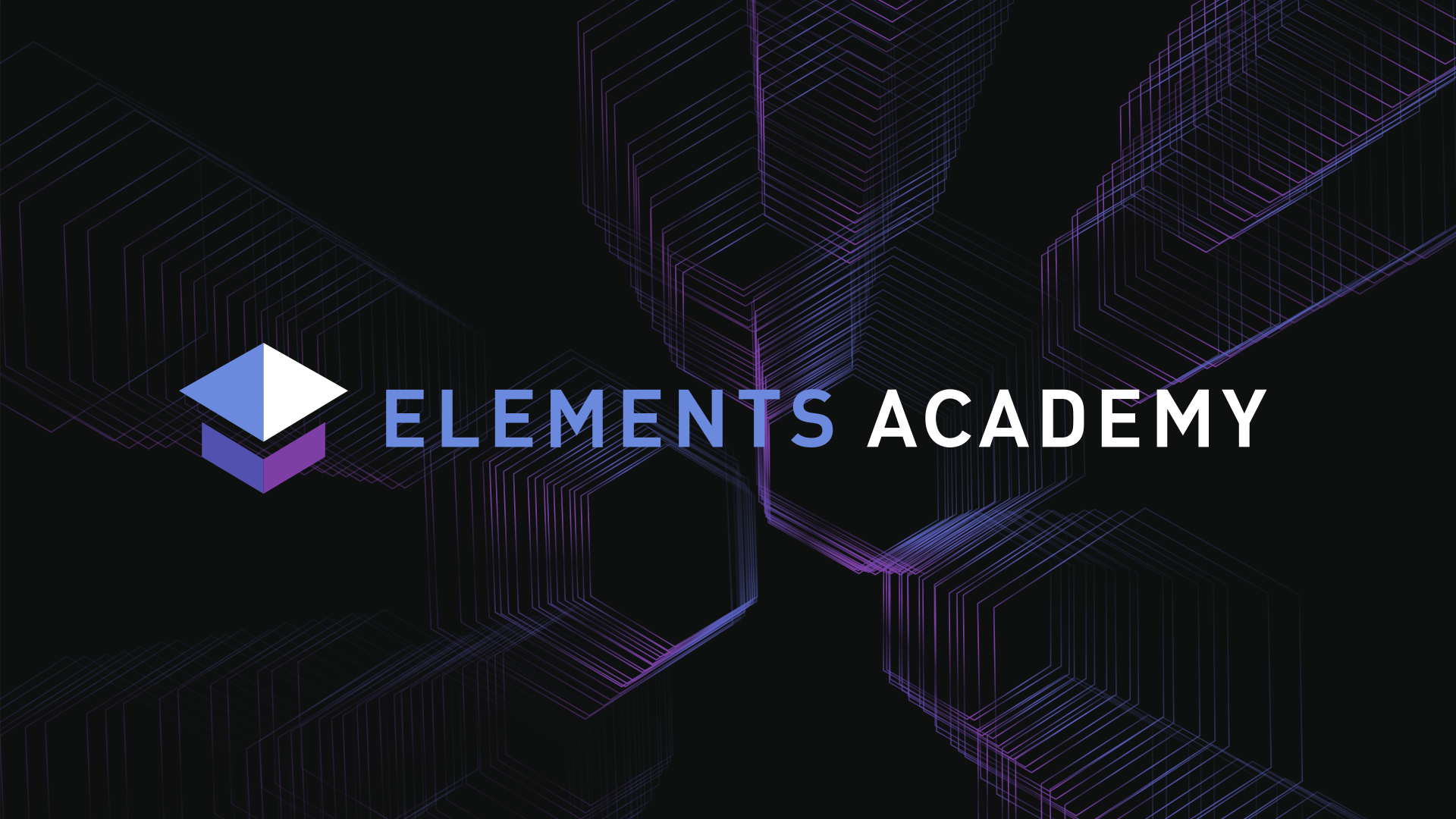Over the past 18 months, we have focused on expanding developer resources and advocacy to make building on Liquid more accessible.
The initiative includes a comprehensive developer portal that provides easy access to the tools that you can use to start building on Liquid. A documentation site—an extension of the developer portal—that offers technical overviews and how-to guides on popular software and features. And the Build On L2 community, which provides a forum for Liquid enthusiasts and developers to connect, share ideas, and collaborate on projects.
Today, we continue this initiative with the launch of a new video tutorial series called Elements Academy—aimed at making it even easier for users to grok the basics of Bitcoin's leading sidechain.
Elements Academy will be available on two platforms: Build On L2 (BOL2) and YouTube. We recommend using the BOL2 version as it offers text-based learning, a progress tracker, and quizzes embedded in each section for greater convenience. However, to use the BOL2 version, you will need to create a username, which can be a pseudonym if you prefer. If you opt for the YouTube version, you can still access the quizzes by checking the description box. You can start with the introduction below:
Goal and Course Content
The goal of Elements Academy is to introduce and explain the key concepts of Elements, the open-source platform used to build Liquid and other Bitcoin sidechains. Elements also has the power to create standalone blockchains or, if so inclined, to test your own proof-of-concept project.
If you have ever used the bitcoind API, then Elements will feel right at home. Elements is built on top of the Bitcoin codebase, and it shares roughly 80% of its code with Bitcoin Core. This means that it inherits many of Bitcoin’s RPCs, and you can operate an Elements node using the same commands that you would use on a Bitcoin one.
At launch, Elements Academy comprises ten sections with a total of 30 lessons. Each section includes learning through text and a video that ends in a short quiz so you can quickly test your knowledge. The coursework is as follows:
- Elements Overview: A brief history of Elements and its origins as a Bitcoin codebase fork that enables sidechains with customizable consensus rules and features such as asset issuance.
- How Elements Works: How features such as block signing and Confidential Transactions solve many issues with blockchains, including transaction latency, lack of privacy, and risk to fungibility.
- Setting up and Running Elements: Explores the various Elements node software, such as
elementsd,elements-cli, and more. - Confidential Transactions: How transaction amounts and asset types are blinded with a blinding key and how to use the blinding key to unblind values within a Confidential Transaction.
- Issued Assets: How to create, label, and send your own asset over the network.
- Reissuing and Destroying Assets: How to increase or decrease the supply of an already issued asset.
- Block Signing: How Elements uses a federation of signatories, called Block Signers, to sign and create blocks in a reliable and timely manner.
- Elements as a Sidechain: Initialize the Elements platform as a sidechain by using the
federatedpegscriptparameter. - Elements as a Standalone Blockchain: How to run Elements as a standalone blockchain, with no links or references to Bitcoin at all.
- Elements Academy Review: Recap with a comprehensive test covering all previous sections.
After completing the course, you should have a strong understanding of the main features of Elements, such as Confidential Transactions and Issued Assets, and the basic commands needed to interact with the network using the elements-cli.
Commitment and Future Plans
The progress made with the new developer resources are a strong foundation we hope to build on going forward. However, we acknowledge that there are still some areas that need to be addressed. To help bridge this gap, we plan to expand upon this initial release of Elements Academy by adding new tutorials and content. Additionally, we will continue to build out the developer portal and documentation site and share new toolkits, SDKs, and libraries from the community, which will be a valuable resource for new developers looking to work with Liquid.
For any feedback and to let us know what developer tools or tutorials we should add or can improve on, please reach out to us on BOL2, X at Chase or James, or drop a message in the Liquid Developer Telegram chat.


